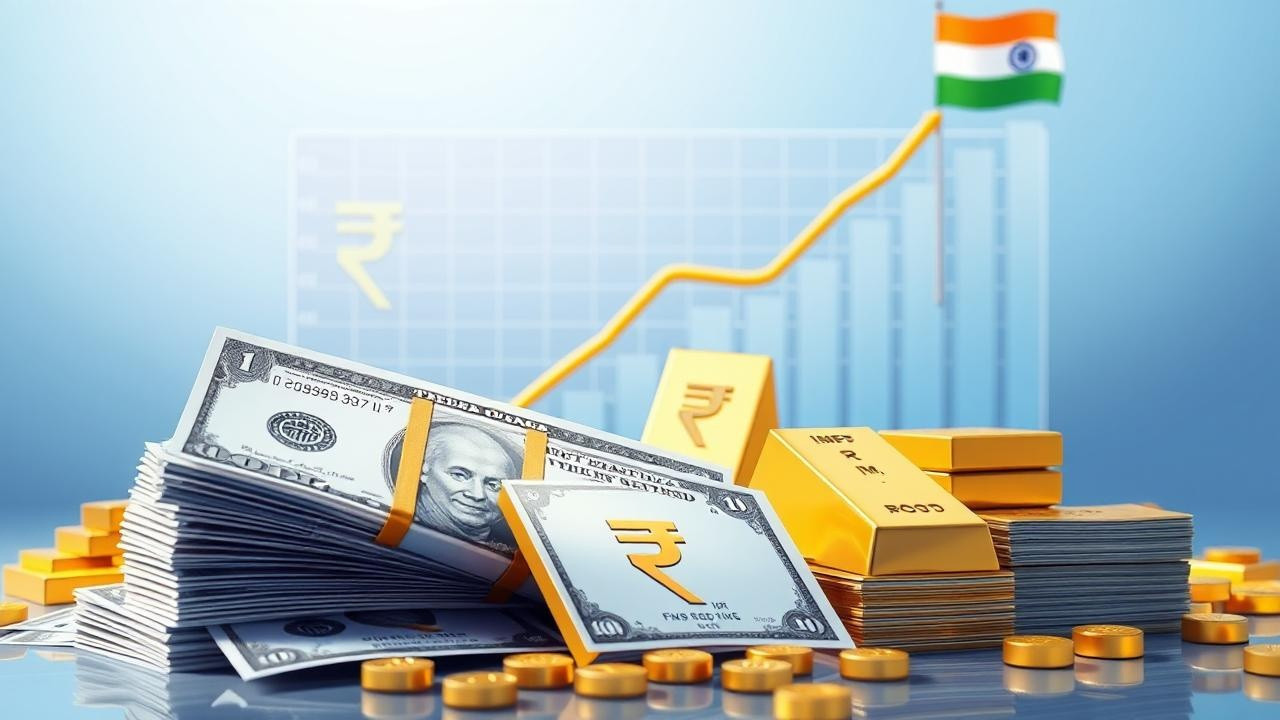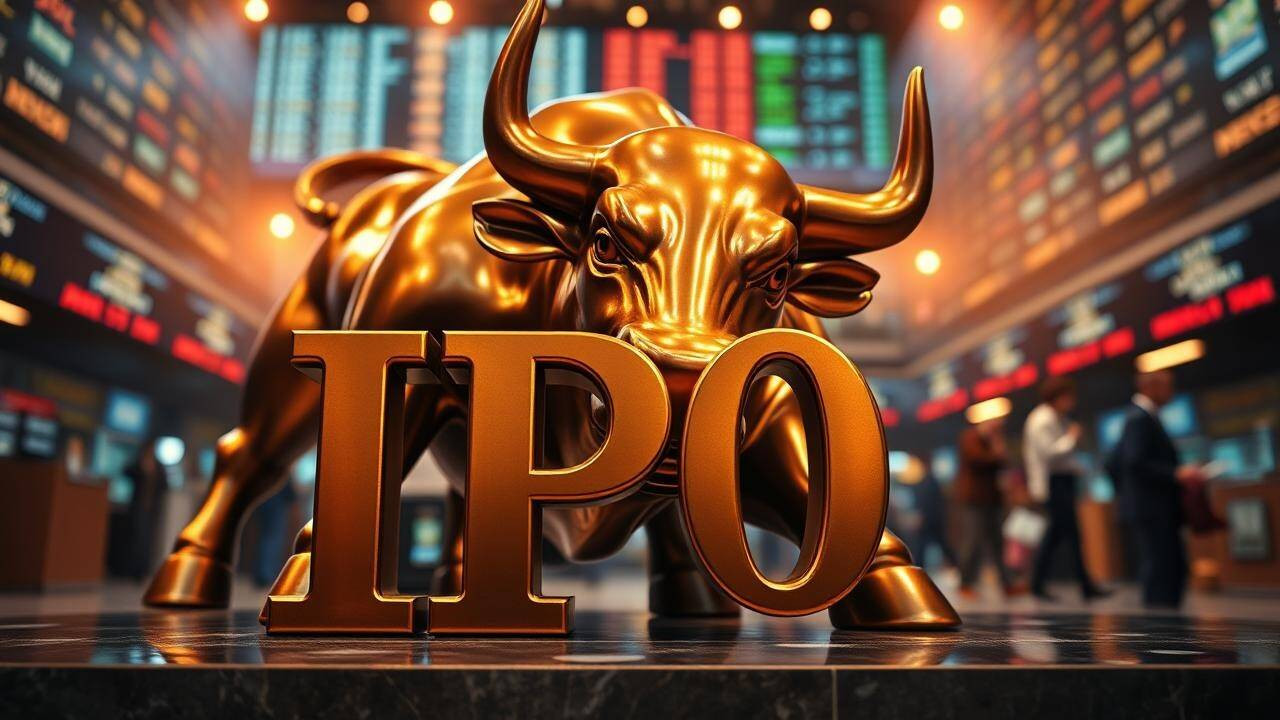India’s foreign exchange reserves saw a significant boost, climbing by $2.703 billion to reach $698.192 billion as of July 25, according to recent RBI data. This surge follows a previous week’s decline. The increase was largely fueled by a rise in foreign currency assets and a notable jump in gold reserves.
India’s Forex Reserves: A Bullish Signal for Economic Stability
India’s foreign exchange reserves have been making headlines, and for good reason. The latest figures reveal a healthy increase, painting a picture of a robust and resilient economy. Rather than just rattling off numbers, let’s delve into what this upswing actually means for the average Indian citizen and the country’s standing on the global stage.
The most recent report indicates that India’s forex reserves swelled by a substantial $2.7 billion, reaching a grand total of $648.7 billion. This isn’t just some arbitrary figure; it’s a critical indicator of the nation’s ability to manage its external finances, import necessities, and weather potential economic storms.
What’s Driving the Increase in India’s Forex Reserves?
Several factors contribute to this positive trend. A primary driver is the increase in the value of gold holdings, which are a significant component of the overall reserves. Think of it like this: if your savings account included gold and the price of gold went up, your total savings would also increase. India’s gold reserves climbed, contributing significantly to the overall surge.
Furthermore, the increase in Special Drawing Rights (SDRs) also played a vital role. SDRs are an international reserve asset created by the International Monetary Fund (IMF) that supplement member countries’ official reserves. An allocation of SDRs boosts India’s ability to handle international obligations and reinforces its financial stability.

How Forex Reserves Impact the Indian Economy
So, what does this all mean for you and me? A healthy forex reserves balance acts as a buffer against external shocks. Imagine a scenario where global oil prices suddenly spike. With ample reserves, India can continue to import oil without drastically impacting the rupee’s value or causing widespread inflation. This stability is essential for businesses, consumers, and the overall economic climate.
Strong forex reserves also enhance India’s credibility in the international market. It signals to investors that the country is capable of meeting its financial commitments and is a safe destination for investment. This, in turn, can lead to increased foreign investment, creating jobs and boosting economic growth. It helps in managing the external value of the rupee, preventing wild fluctuations and promoting stability in international trade.
Gold’s Glittering Role in the Equation
As mentioned earlier, gold plays a significant role in India’s forex arsenal. Gold is considered a safe-haven asset, particularly during times of economic uncertainty. Central banks around the world often increase their gold holdings to diversify their reserves and mitigate risk. India’s strategic investment in gold has proven to be a wise move, contributing to the overall resilience of its forex reserves.
The Bigger Picture: India’s Economic Outlook
The increase in forex reserves is a clear sign of positive momentum in the Indian economy. It reflects prudent economic management, increased export earnings, and steady inflows of foreign investment. However, it’s crucial to remember that maintaining this upward trajectory requires continuous efforts to strengthen the economy, promote exports, and attract foreign investment. It’s not a one-time achievement but an ongoing process. A strong economy is also affected by factors such as strategic trade agreements, and you can read more about India’s trade negotiations [here](https://example.com/india-trade-agreements).
India’s rising forex reserves provides confidence in the Indian economy, reduces dependence on foreign debt, and facilitates smooth external transactions, contributing significantly to India’s economic growth and stability. The upward trend is a cause for optimism, but also a reminder that sustained progress requires continuous vigilance and strategic policy decisions. Maintaining and growing these reserves will be crucial for navigating the complexities of the global economy and securing India’s future prosperity.







